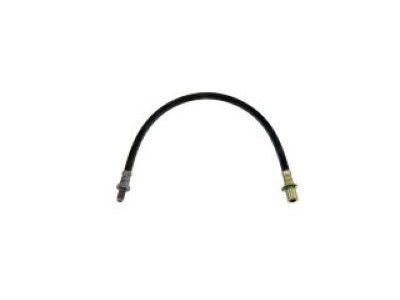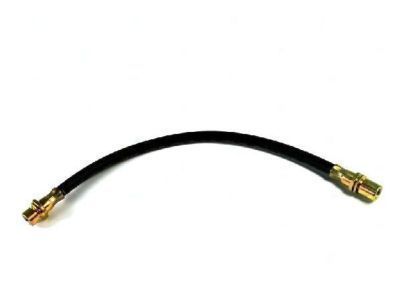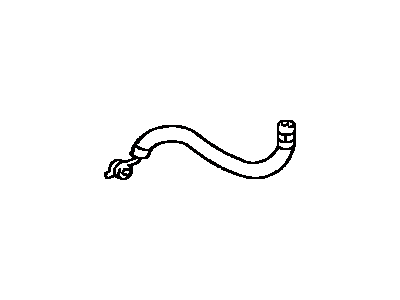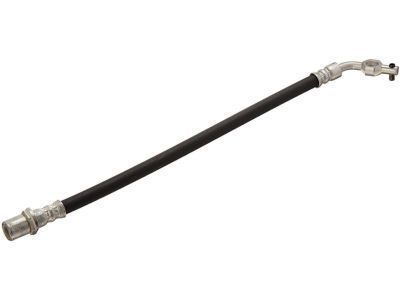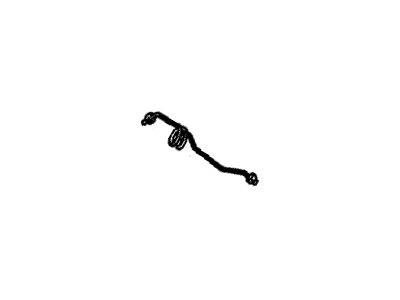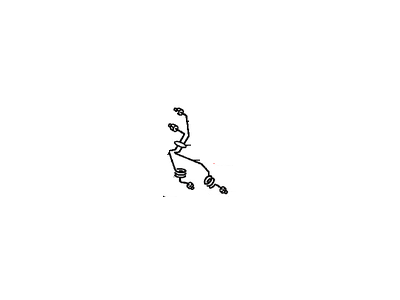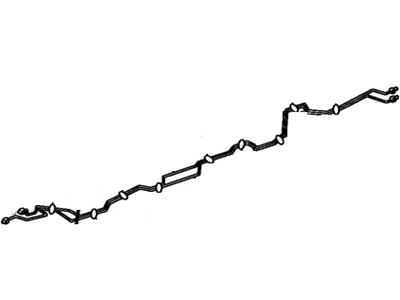

My Garage
My Account
Cart
Genuine Toyota T100 Brake Line
Brake Hose- Select Vehicle by Model
- Select Vehicle by VIN
Select Vehicle by Model
orMake
Model
Year
Select Vehicle by VIN
For the most accurate results, select vehicle by your VIN (Vehicle Identification Number).
41 Brake Lines found
Toyota T100 Flexible Hose
Part Number: 96940-34705$62.17 MSRP: $87.64You Save: $25.47 (30%)Ships in 1-3 Business DaysToyota T100 Flexible Hose
Part Number: 96950-33656$69.61 MSRP: $98.13You Save: $28.52 (30%)Ships in 1-3 Business DaysToyota T100 Flexible Hose
Part Number: 90947-02698$57.11 MSRP: $79.83You Save: $22.72 (29%)Ships in 1-3 Business DaysToyota T100 Flexible Hose
Part Number: 96940-34606$61.23 MSRP: $86.31You Save: $25.08 (30%)Ships in 1-3 Business DaysToyota T100 Flexible Hose
Part Number: 96940-34706$62.17 MSRP: $87.64You Save: $25.47 (30%)Ships in 1-3 Business DaysToyota T100 Front Brake Tube
Part Number: 47313-34030$13.19 MSRP: $18.43You Save: $5.24 (29%)Ships in 1-3 Business DaysToyota T100 Rear Brake Tube
Part Number: 47321-34030$13.21 MSRP: $18.46You Save: $5.25 (29%)Ships in 1-3 Business Days
| Page 1 of 3 |Next >
1-20 of 41 Results
Toyota T100 Brake Line
The part of the Toyota T100 called Break Line is part of the hydraulic braking system that is used to supply brake fluid to the brake caliper pistons coming from the master cylinder. Brake Lines made from metal can corrode and get damaged due to impacts, thus causing the fluids to leak and even the pressure as well to be compromised. Brake hose metals can also get mechanically damaged and internally damaged which affects the braking system of the car. When replacement is required then the pre-bent brake lines of kits and corrosion resistant stainless steel brake hoses are easy to fix. Up grading to the braided stainless steel hoses could indeed offer much better pedal feel, so for performance driving conditions, it will be an effective improvement to incorporate this change.
If you are in demand for superior quality and affordable OEM Toyota T100 Brake Line, then shop with us! We own a wide range of the reduced-priced genuine Toyota T100 Brake Line. You can purchase in confidence as all parts come with a manufacturer's warranty. Any issues with our products? No need to worry as we have a hassle-free return policy to guide you every step of the way.
Toyota T100 Brake Line Parts Questions & Experts Answers
- Q: How to inspect and replace flexible brake hoses and Brake Line on Toyota T100?A:Every six months, it is important to inspect the flexible hoses that connect the steel brake lines with the front and rear brake assemblies for any cracks, chafing, leaks, blisters, or other damage. This inspection should be done with the vehicle raised and securely placed on jackstands, using a light and mirror for a thorough check. If any of the hoses exhibit these defects, they should be replaced with new ones. To replace the flexible hoses, start by cleaning any dirt away from the ends of the hose. Then, disconnect the brake line from the hose fitting, being careful not to bend the frame bracket or line. Remove the U-clip from the female fitting at the bracket and remove the hose from the bracket. Disconnect the hose from the Brake Caliper, discarding the copper washers on either side of the fitting. Attach the new brake hose to the caliper using new copper washers. Pass the female fitting through the frame or frame bracket, ensuring the least amount of twist in the hose. Install the U-clip in the female fitting at the frame bracket. Attach the brake line to the hose fitting using a back-up wrench and tighten the tube nut securely. Check to make sure the suspension or steering components do not make contact with the hose. Bleed the brake system. When replacing metal brake lines, use the correct parts and avoid using copper tubing. Prefabricated brake lines with flared ends and fittings installed are available and can be carefully bent to the proper shape if needed. Ensure the new line is well supported in the brackets and has enough clearance between moving or hot components. After installation, check the Brake Master Cylinder fluid level, add fluid if necessary, bleed the brake system, and test the brakes before normal operation of the vehicle.
